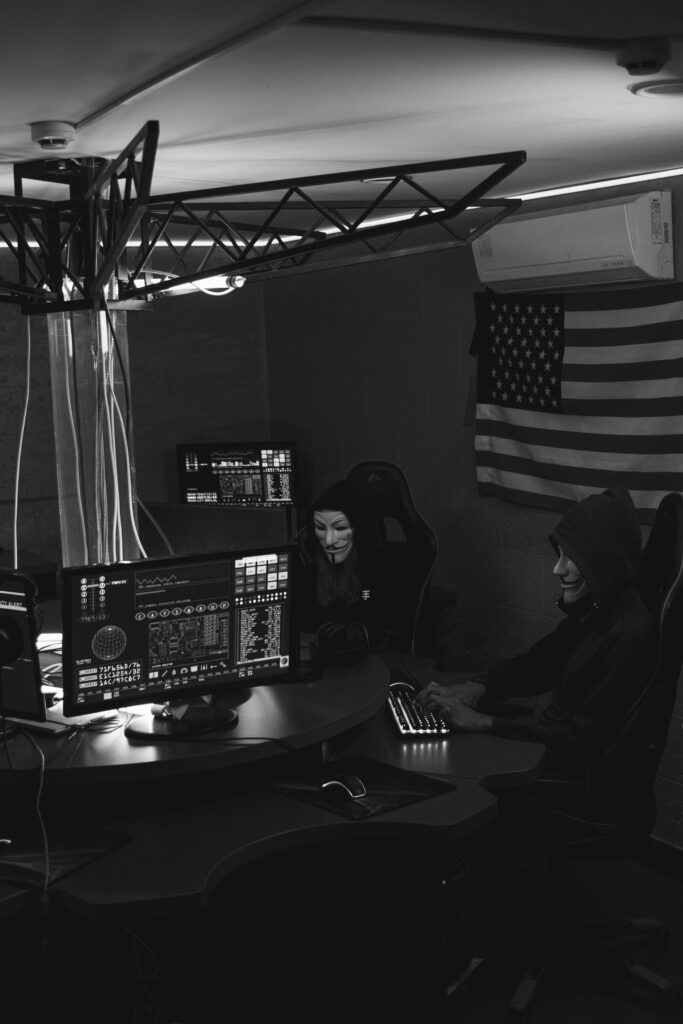In a historic market shake-up, Nvidia—a powerhouse in AI and semiconductor technology—saw its shares plummet by 17%, wiping out nearly $600 billion in market value. This sharp decline, the largest single-day loss in U.S. stock market history, is directly tied to the rise of DeepSeek, a Chinese AI startup that is redefining the boundaries of artificial intelligence.
What Sparked the Nvidia Crash?
Nvidia has long been at the center of the AI revolution, with its GPUs driving the growth of machine learning and deep learning technologies. However, the debut of DeepSeek has challenged Nvidia’s dominance. The startup unveiled a breakthrough AI model that delivers comparable performance to industry leaders like OpenAI’s GPT series while using significantly less computational power and infrastructure.
DeepSeek’s approach has sent shockwaves through the tech world because it directly challenges the assumption that AI advancements require massive hardware investments. Nvidia, whose business thrives on high-end GPUs, is now facing a reality where its dominance in the AI hardware market could be undercut by more efficient alternatives.
Market Implications: More Than Nvidia
The ramifications of this event extend beyond Nvidia. Other tech giants reliant on Nvidia’s GPUs—such as Microsoft, Meta, and Google—also experienced sharp declines in their stock prices. The tech-heavy Nasdaq index dropped more than 3%, erasing over $1 trillion in market value in a single trading session.
This market reaction underscores a deeper problem: the over-reliance of the U.S. stock market on a handful of technology giants. The sudden volatility highlights how vulnerable these companies are to disruptions from emerging players like DeepSeek.
What Makes DeepSeek Different?
DeepSeek’s AI technology focuses on efficiency. By utilizing a more streamlined architecture and optimizing energy use, the company has managed to significantly reduce the cost of developing and deploying AI models. This could democratize AI development, enabling smaller firms and institutions to compete in areas traditionally dominated by big tech.
Additionally, DeepSeek’s advancements could reshape the global AI landscape. While U.S. companies like Nvidia and OpenAI have led the way in recent years, this innovation signals a shift toward greater competition from international players, particularly China.
Broader Impacts on AI and Technology
The implications of DeepSeek’s technology are profound:
Lower Barriers to Entry: Smaller companies and academic institutions could access cutting-edge AI tools without relying on expensive hardware, enabling wider participation in AI innovation.
Environmental Benefits: AI’s rapid growth has raised concerns about its energy consumption. DeepSeek’s model, which uses less power, aligns with global efforts to reduce carbon footprints.
Shift in AI Power Dynamics: The rise of DeepSeek may signal a geopolitical shift in AI leadership, challenging the U.S.’s dominance in this critical field.
How the Industry is Responding
Nvidia and other major players are now grappling with how to respond to this disruption. Some analysts suggest Nvidia may need to diversify its product offerings or invest in software-based AI solutions to remain competitive. Others predict increased collaboration between U.S. tech firms to counter rising competition from China.
At the same time, regulatory scrutiny of AI is likely to intensify. Governments may seek to balance innovation with national security concerns as the competition between U.S. and Chinese AI firms escalates.
The Nvidia stock crash isn’t just another market story—it’s a wake-up call for the entire tech industry. DeepSeek has shown that innovation doesn’t always come from the usual players, and it’s clear that the rules of the AI game are changing fast. With this shake-up, we’re looking at a future where cutting-edge technology becomes more efficient, affordable, and accessible to everyone, not just the tech giants.
As we watch these shifts unfold, one thing is certain: the competition between global AI leaders is heating up, and the balance of power in tech might never look the same again. This is more than just a financial headline—it’s a sign that the future of AI is being rewritten in real time.





